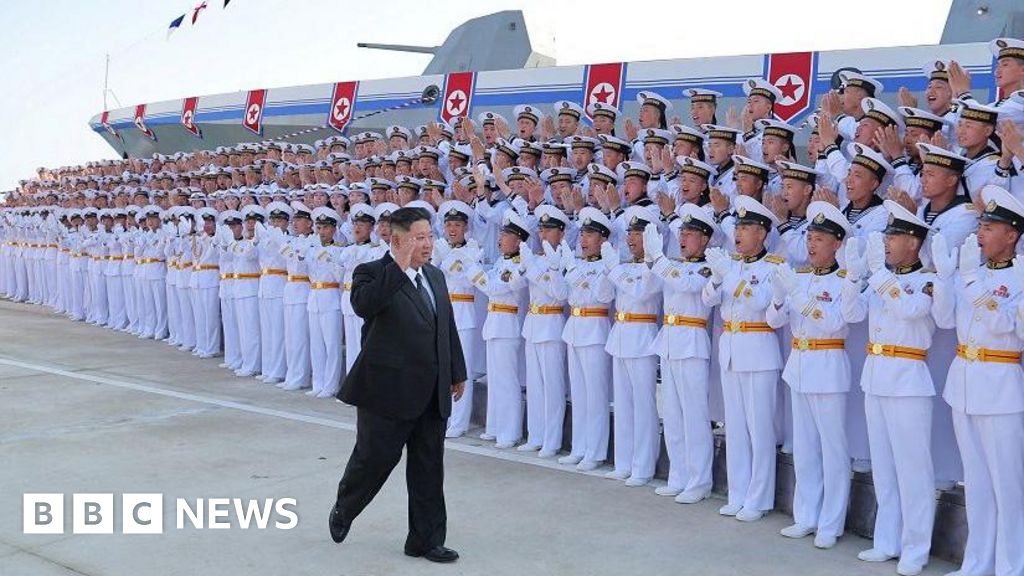Over the past decades, many countries worldwide have been trying to gradually transform their energy systems, with the aim of reducing carbon emissions and mitigating the adverse effects of climate change. Hydrogen and carbon dioxide (CO2) transport networks, infrastructures designed to transport hydrogen gas and captured CO2, could support the shift towards climate-neutral energy systems.
Researchers at Technical University Berlin carried out a study aimed at better understanding the extent to which hydrogen and CO2 transport networks could contribute to the future de-carbonization of the European energy system. Their paper, published in Nature Energy, suggests that both these types of networks could play a key role in establishing a sustainable and clean European energy system.
“In our view, we are envisioning a climate-friendly economy which relies as little as possible on fossil fuels and respects socio-economic considerations,” Fabian Hofmann, first author of the paper, told Tech Xplore.
“To achieve this, there is a general knowledge gap when it comes to the question of how we decarbonize the ‘hard-to-abate’ sectors. While it is clear that electrification and building out renewables (along with energy storages and transmission capacities) is the main route for most sectors, there are certain energy-intensive areas of the economy where we need to find alternative solutions.”
Hydrogen fuel is often viewed as a promising alternative to synthetic fuels for providing green energy in some industries. Two key examples are the aviation industry, which relies on high amounts of synthetic fuels, and the cement industry, which is known to emit large amounts of CO2.
“Here carbon management becomes equally important: for synthetic fuels, where does the carbon come from; for the process-based emissions, where do we put them?” said Hofmann.
“Naturally, the question arises whether it’s beneficial to fully integrate carbon management, including transport and storage, into the overall energy system. In our paper, we want to quantify this potential benefit and examine how hydrogen and carbon networks might complement or compete with each other.”
The key objective of the recent study by Hofmann and his colleagues was to shed light on the extent to which hydrogen and CO2 networks could collectively contribute to future climate-neutral European energy systems.
To investigate this, the researchers built a detailed model of Europe’s energy landscape, using an open-source software platform called PyPSA-Eur.
Using this platform, they compared four different scenarios. In the first scenario, there were no specialized networks, in the second only a CO2 network, in the third only a hydrogen network and in the latter, both types of networks.
“Our model represents Europe as a network of 90 interconnected regions, where energy can flow between regions through transmission lines, pipelines, and other infrastructure—each with its own capacity constraints and losses,” explained Hofmann. “For hydrogen and CO2 pipelines, we considered realistic physical properties like compression energy requirements and transport losses.”
The researchers ran a full-year simulation with a temporal resolution of three hours. This simulation was computationally feasible, yet it still allowed them to capture enough of the variability associated with renewable energy sources, as well as the complex interplay between the two types of networks.

“For each scenario, we calculated the most cost-effective mix of technologies and infrastructure to meet Europe’s energy needs while achieving net-zero emissions by 2050,” said Hofmann.
“This approach helped us identify whether it makes more economic sense to move hydrogen to where carbon is available, or to move carbon to locations where hydrogen can be produced cheaply, all while accounting for the real-world constraints of geography, weather patterns, and infrastructure limitations.”
The simulations run by Hofmann and his colleagues yielded some very interesting results. Firstly, they found that while both hydrogen and CO2 networks individually reduced costs compared to scenarios in which neither of them is present, a combination of both networks was the most cost-effective, saving an estimated 41 billion euros annually.
“The hydrogen network primarily serves to transport low-cost hydrogen from regions with very good renewable resources to industrial centers and to facilities that produce synthetic fuels,” added Hofmann.
“Meanwhile, the carbon network efficiently moves captured carbon dioxide from inland industrial sites to storage locations near coastlines. For policymakers and energy planners, our results emphasize the importance of coordinated planning across different energy sectors and national borders.”
The findings of this recent study could inform future interventions within the energy industry. Specifically, they suggest that instead of viewing hydrogen and carbon infrastructure as separate or competing investments, policymakers and engineers should view them as complementary systems, as their positive impact is significantly greater when they are combined.
“Importantly, we found that these network configurations remain effective even when tightening climate targets to achieve net-negative emissions, providing a robust foundation for long-term infrastructure decisions,” said Hofmann.
“While I’ve moved to a new position outside academia, I remain involved in energy system modeling, focusing more on developing the PyPSA software tools. My colleagues at the Technical University Berlin are working on a follow-up study that directly builds upon our findings.”
The new research that Hofmann’s colleagues are conducting explores the practical implications of their recent results, by evaluating the performance of PCI-PMI projects (Projects of Common Interest and Projects of Mutual Interest), focusing specifically on hydrogen and CO2 infrastructure.
The team’s results, gathered using a myopic modeling approach, will offer new insight into how planned infrastructure projects could help to meet European policy goals across different time horizons (i.e., 2030, 2040, and 2050).
“An important aspect of my colleagues’ work is quantifying the economic ‘regret’ or cost implications if pipeline deployments are delayed by one period, if they aren’t developed at all, or if certain policy targets are abandoned,” added Hofmann.
“This research will provide valuable insights for policymakers on the practical implications of infrastructure planning decisions and their alignment with Europe’s climate objectives.”
More information:
Fabian Hofmann et al, H2 and CO2 network strategies for the European energy system, Nature Energy (2025). DOI: 10.1038/s41560-025-01752-6.
© 2025 Science X Network
Citation:
Assessing the potential of hydrogen and carbon dioxide networks for the future of European energy systems (2025, May 1)
retrieved 1 May 2025
from
This document is subject to copyright. Apart from any fair dealing for the purpose of private study or research, no
part may be reproduced without the written permission. The content is provided for information purposes only.


















